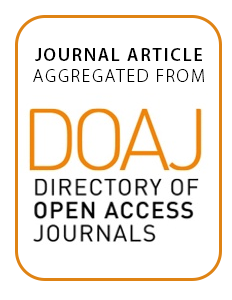Contribution of landscape metrics to the assessment of scenic quality – the example of the landscape structure plan Havelland/Germany
The scenic quality of a landscape is a natural resource that is to be preserved according to German and international law. One important indicator for the evaluation of this value is the structural diversity of the landscape. Although Landscape Metrics (LM) represent a well-known instrument for the quantification of landscape patterns, they are hardly used in applied landscape and environmental planning. This study shows possibilities for the integration of LM into a commonly used method to assess scenic quality by the example of a Landscape Structure Plan.

